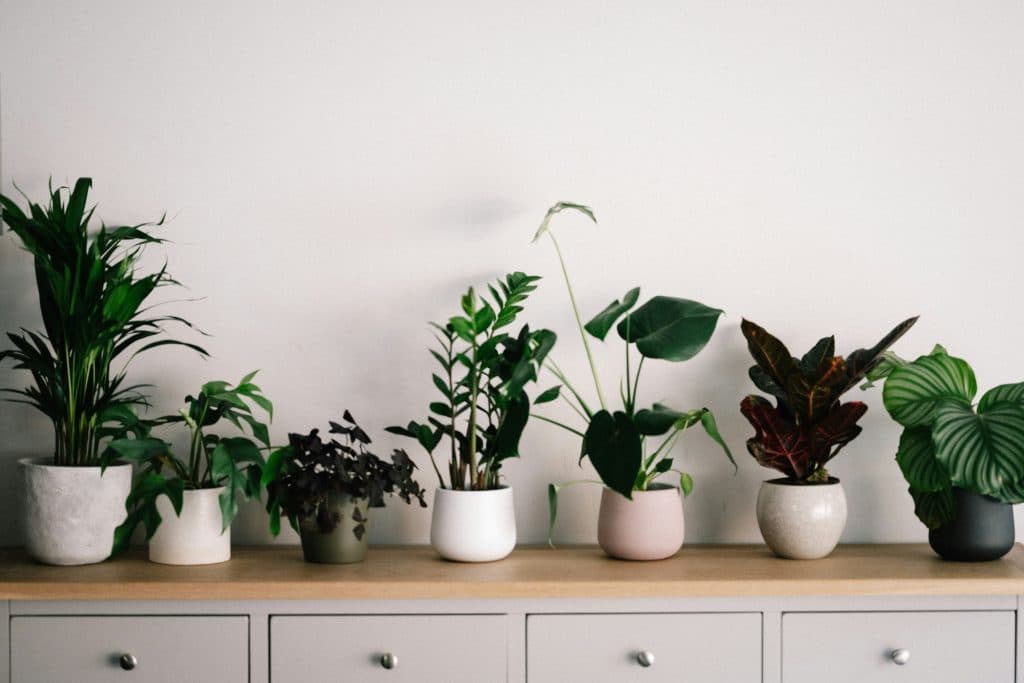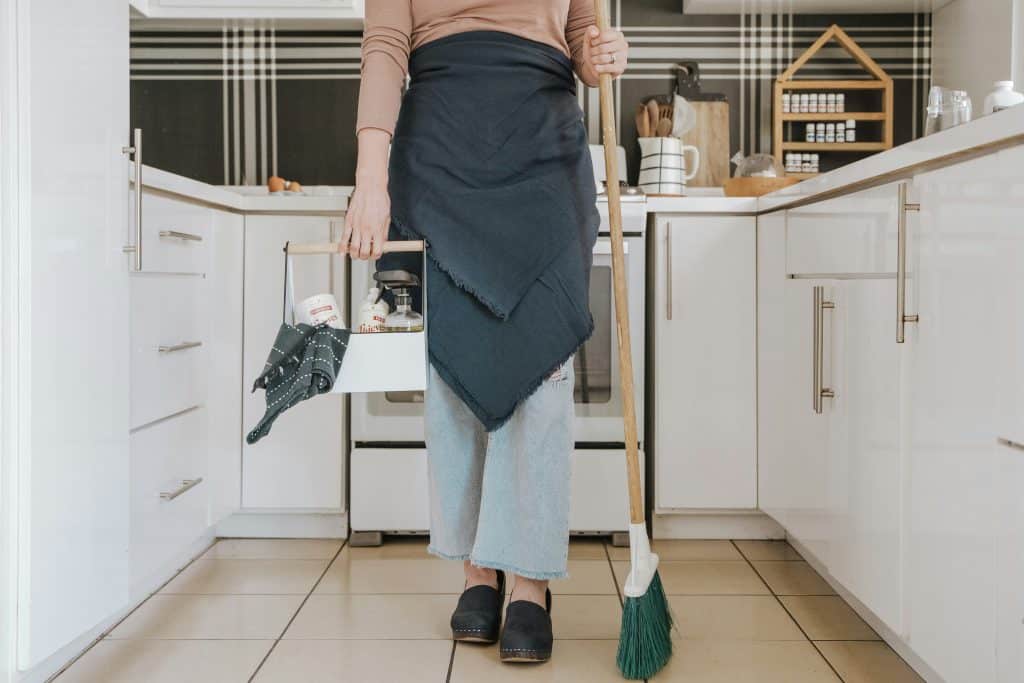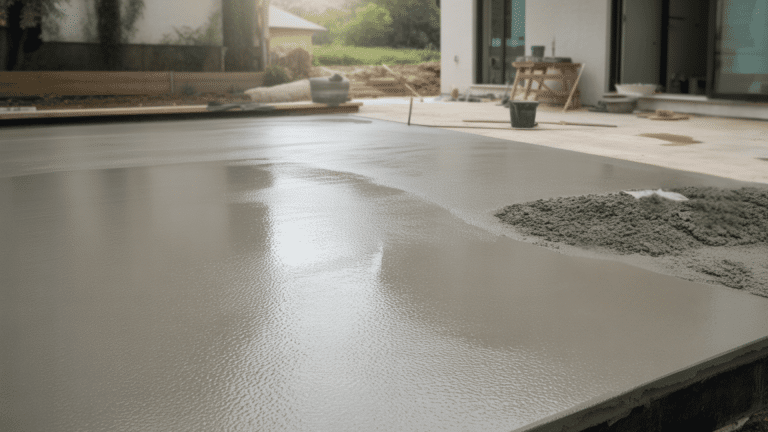Simple Steps to Improve Indoor Air Quality
Indoor air quality often doesn’t get the attention it deserves, even though we spend most of our time indoors. While outdoor pollution frequently makes headlines, the air inside homes and buildings can be several times more polluted. Poor indoor air quality can lead to health issues ranging from minor irritations to serious conditions. Fortunately, improving the air we breathe indoors is within reach for everyone. By taking a few straightforward steps, you can noticeably enhance your home’s air quality.
Reduce Indoor Pollutants
Taking control of your indoor environment means eliminating common sources of air pollutants. Smoking indoors is a significant contaminant, and secondhand smoke has severe health implications. Opting for smoke-free indoor environments is essential. Likewise, be cautious when using household cleaners, air fresheners, or anything that releases strong scents or volatile organic compounds into the air. Choose fragrance-free or naturally-based products to minimize unwanted pollutants.
Avoid burning incense or candles that may release fine particles and chemicals. Opt for electric or battery-operated candles to maintain ambiance without compromising air quality. Moreover, enforce a no-shoes policy indoors, as footwear can bring in dirt, pesticides, and other pollutants from outdoors. Regular shoe-cleaning stations near entryways can also contribute to lowering the levels of pollutants within the home.
Understanding that hidden areas like chimneys, air ducts, and dryer vents can harbor indoor pollutants and affect air circulation emphasizes the importance of their regular maintenance. For those in Phoenix, engaging Arizona chimney sweep services from Arizona Chimney Sweep, is the best choice to ensure that your home systems are clean and functioning effectively, thereby contributing to better indoor air quality.
Go Green with Houseplants

Houseplants aren’t just for decoration; they play a pivotal role in air purification. Plants such as the spider plant, peace lily, and snake plant have shown an impressive ability to filter out toxins. They absorb carbon dioxide and release oxygen, contributing to improved air quality in indoor environments. These living air purifiers can enhance aesthetic appeal and generate cleaner air – a win-win for any indoor space.
Integrating a variety of plants into your home or workspace can cater to different light and moisture requirements, fitting diverse environments. Even individuals with limited sunlight exposure, such as those in urban apartments, can benefit by choosing low-light-tolerant species like the rubber plant or pothos. Observing the health of these plants can also serve as a subtle indicator of indoor air conditions, encouraging further exploration for better air quality solutions.
Embrace Ventilation
Good ventilation is a straightforward solution for indoor air quality that can’t be overstressed. Allow fresh air to circulate by opening windows whenever possible. This simple practice reduces the concentration of indoor pollutants and naturally refreshes the air. If natural ventilation proves challenging, especially during extreme weather, utilizing exhaust fans can effectively expel indoor air and draw in fresh outdoor air, providing an efficient solution to stale environments.
Consider strategic placement of window fans to facilitate cross-ventilation. By drawing cooler, fresh air from lower windows and expelling warm, stale air from higher windows, you create a natural flow that can significantly improve air turnover rates. In apartment buildings or offices, make sure that airflow pathways aren’t hampered by furniture or other obstructions, allowing for an unimpeded air exchange throughout the space.
Control Humidity Levels
Excessive humidity provides a breeding ground for mold and dust mites, both common allergens that degrade indoor air quality. Using a dehumidifier to maintain indoor humidity levels between 30-50% can drastically reduce these problems. Bathrooms and kitchens are especially prone to high humidity, so ensuring adequate ventilation during activities like showering or cooking is crucial.
Leaking pipes and household appliances can inadvertently raise indoor humidity levels, making regular maintenance a priority for air quality-conscious homeowners. By repairing leaks and ensuring proper insulation around piping, you can prevent excess moisture buildup. Where possible, cook with lids on pots and pans to minimize steam release, curbing humidity spikes during meal preparation.
Monitor and Replace Air Filters
Heating, ventilation, and air conditioning systems play a vital role in maintaining air quality, but they require proper upkeep. Replacing air filters regularly keeps them functioning optimally and prevents the recirculation of polluted air in your home. Dirty or outdated filters can severely hamper an HVAC system’s ability to maintain a clean indoor environment. Pay attention to the manufacturer’s recommendations for when to replace filters.
Regularly cleaning or replacing air purifier filters, as part of a robust home maintenance schedule, can ensure you continue to benefit from their air-scrubbing properties. In addition to scheduled cleanings, check units for dust accumulation around air inlets and ensure there’s sufficient clearance for effective air intake. Seasonal filter checks can prevent systems from working inefficiently, avoiding unexpected costs and discomfort.
Regularly Clean Your Home

Dust and allergens accumulate quickly in our living spaces. Frequent cleaning can significantly reduce these irritants. Vacuum your floors and furniture regularly, using a vacuum equipped with a high-efficiency particulate air filter, since it has the power to capture smaller particles more effectively. Additionally, don’t forget to regularly wash bedding, drapes, and other fabrics, as it helps eliminate dust mites and allergens.
Developing a comprehensive cleaning routine that includes wiping down surfaces and fixtures can help eliminate unseen dust that settles in high corners or atop door frames. Opt for microfiber cloths, which are known for their superior dust-trapping capabilities, reducing the chance of dust resettling during the cleaning process. This attention to detail can help maintain a fresher and cleaner environment.
Final Thoughts
Improving indoor air quality doesn’t have to be overwhelming or expensive. Simple, consistent actions can make a significant difference. Prioritize ventilation, rely on nature for some of your air-purifying needs, and be proactive about reducing pollutants at their source. Maintaining a clean environment and keeping your system filters up-to-date can prevent complications and contribute to a healthier, fresher home. Each small step you take can lead to improved air quality and, subsequently, enhanced well-being for you and your family.







